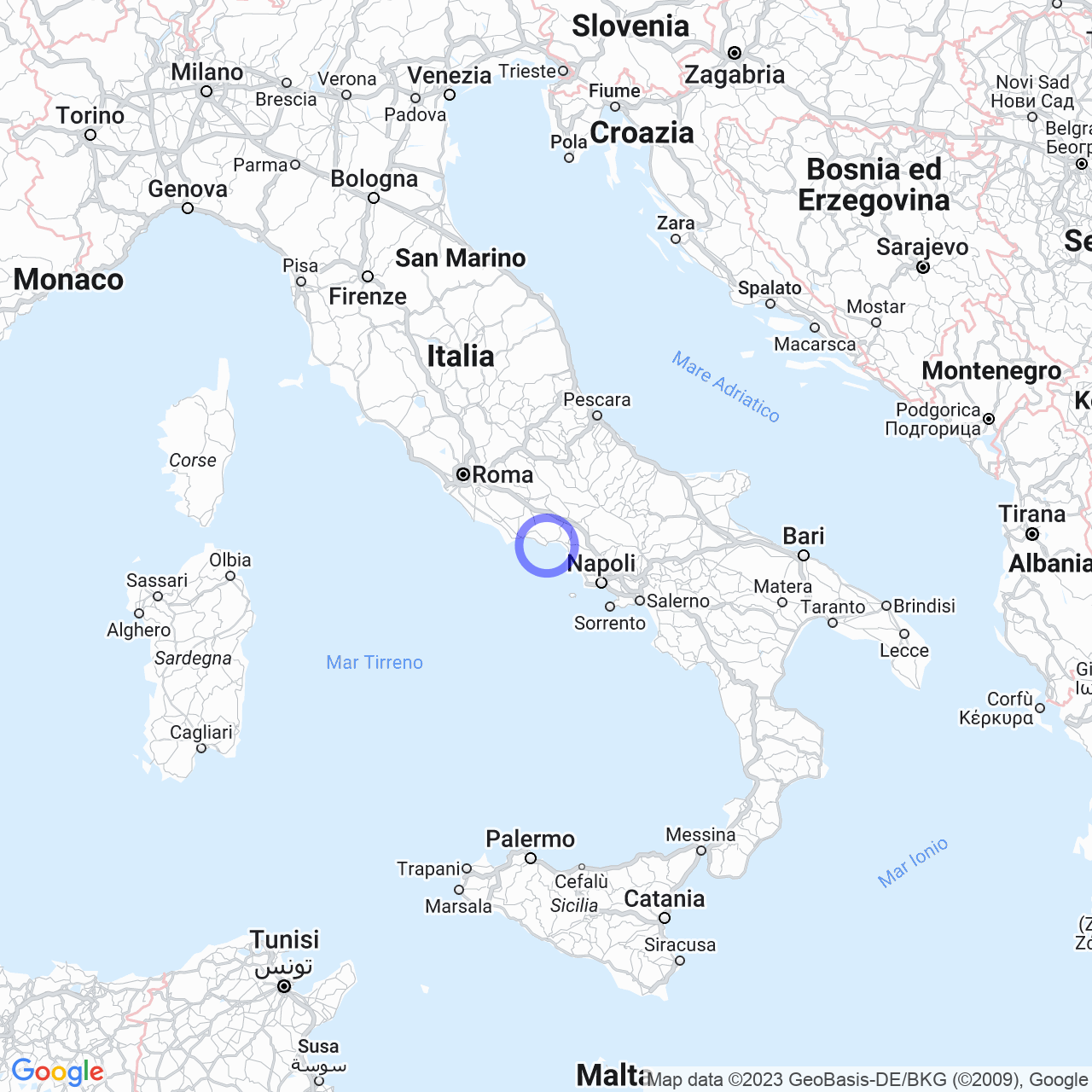Gaeta
Discover the province of Latina: history, geography and curious facts
If you're curious to learn about the province of Latina, you're in the right place! In this article, you will discover its history, physical geography, symbols, and curious facts that make it unique and fascinating.
History
The province of Latina was established on December 18th, 1934, under the name "Province of Littoria", including the recently reclaimed territories of the Agro Pontino. The area, originally covered by swamps, was reclaimed between 1929 and 1935. As a result of the reclamation, new cities were founded, such as Littoria, Sabaudia, Pontinia, Aprilia, Pomezia, and Cisterna di Latina. The architecture of these centers is characterized by Italian rationalist style.
Today, the province of Latina includes 33 municipalities and covers an area of 2,250 square kilometers. It borders the province of Frosinone to the north, the metropolitan city of Rome to the northwest, the province of Caserta to the south, and the Tyrrhenian Sea.

Symbols
The province's coat of arms, granted in 1954, features a castle topped with an eight-pointed star and a cross, symbols of the city of Littoria. The portion below the castle and star is divided into four parts, each representing a district of the province. The flag is a parted drapery of green and purple.
Physical Geography
The province of Latina extends from the mouth of the Astura River to the north, to the mouth of the Garigliano River to the south. The territory, which has about 566,812 inhabitants, is not uniform but is formed by distinct parts.
On one side, there are the Monti Lepini, Monti Aurunci, and Monti Ausoni mountains, which have peaks that reach 1533 meters with Monte Petrella. These mountains descend towards the sea with the rocky peninsula of Gaeta. On the other side, there is the vast plain of the Agro Pontino, which in the past was covered by extensive unhealthy swamps. In the 1930s, the area was reclaimed and is now an important agricultural region.
The climate in the province of Latina is semi-continental in the mountains while it is Mediterranean on the plain, with hot summers and mild winters. Additionally, the province includes the archipelago of the Pontine Islands, composed of the islands of Ponza and Ventotene.
Inland Waters
In the province of Latina, there are few and scarce lakes. Along the coast, there are the saltwater and coastal lakes of Lago di Fogliano, Lago di Caprolace, Lago dei Monaci, and Lago di Paola. Behind Terracina, the lake of Fondi opens up, a freshwater origin karstic lake, one of the few.
In addition to the Astura River and the Garigliano River, there are mainly streams that descend from the Monti Lepini and then are channeled and brought to the sea in the plain.
Curious Facts and Useful Information
Vacations and Tourism
The province of Latina offers many tourist attractions and can become a beautiful destination for vacations. The area of Sabaudia and San Felice Circeo is particularly appreciated by tourists, thanks to its beaches and natural beauties. Moreover, Terracina with its ancient Roman harbor and the temple of Jupiter Anxur is not to be missed.
If you are passionate about archaeology, the province of Latina will offer you many sites of great historical and artistic importance, such as the ruins of the Satricum city and the archaeological museum of Palestrina.
Gastronomy
The cuisine of the province of Latina is mainly based on local products. Among the typical dishes, we mention the Tiella di Gaeta, a rustic pie made with potatoes, tomatoes, and anchovies, and the potato gnocchi all'amatriciana. Among the typical products, the extra virgin olive oil of Terracina is particularly valuable.
Shopping
If you are into shopping, Pomezia is one of the most appreciated destinations, boasting several shopping centers. In the coastal area, instead, there are many local craft shops.
How to Get There
To reach the province of Latina, you can take the A1 highway and exit at Frosinone towards Latina. The main airport is Rome-Fiumicino.
Alternatively, there are trains to Latina departing from the main stations of Rome. It is also possible to move around the province with the Cotral bus network.
Conclusion
The province of Latina is an interesting and varied tourist destination that does not disappoint its visitors' expectations. With its beautiful landscapes, typical cuisine, and rich history, the province of Latina offers many opportunities to have fun and discover an area of Italy that is still waiting to be explored.
